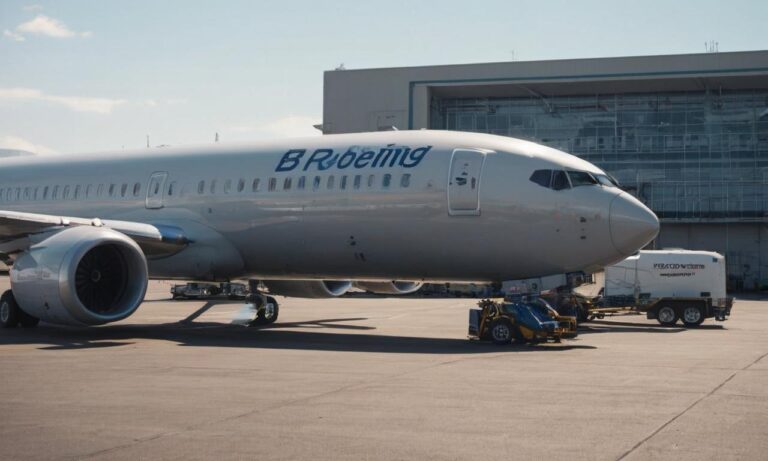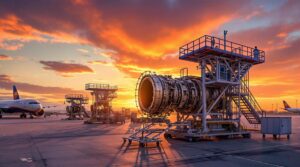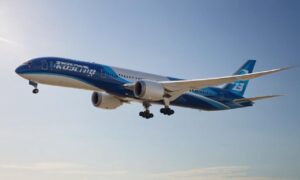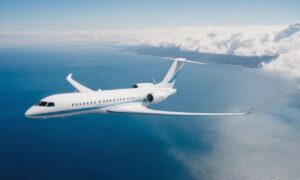In the dynamic landscape of aviation, the choice between Boeing 737 800 and Max 8 has become a focal point for airlines seeking optimal performance, efficiency, and passenger comfort. These two aircraft, both belonging to Boeing’s venerable 737 family, share similarities but also showcase distinctive features that cater to different airline needs and preferences.
Key Specifications
Let’s delve into the technical specifications that set the Boeing 737 800 and Max 8 apart. The Boeing 737 800, a workhorse in commercial aviation, has been a staple for many airlines globally. It boasts a reliable range and seating capacity, making it suitable for various routes and passenger demands.
The Max 8, on the other hand, represents Boeing’s commitment to innovation. It incorporates advanced technologies, including the fuel-efficient LEAP-1B engines and the distinctive Advanced Technology winglets. These enhancements contribute to increased fuel efficiency and overall performance.
Capacity and Range
When it comes to passenger capacity, the 737 800 typically accommodates around 160 to 189 passengers, depending on the specific configuration chosen by the airline. The Max 8, designed with a focus on fuel efficiency and passenger comfort, can carry a similar number of passengers while offering an extended range compared to its predecessor.
For airlines with a need for longer-haul flights, the Max 8’s increased range can be a compelling factor. It opens up possibilities for non-stop routes, providing airlines with more flexibility in their route planning and potentially reducing operational costs.
Technological Advancements
The Max 8 incorporates several technological advancements that set it apart from the 737 800. The aforementioned LEAP-1B engines contribute not only to fuel efficiency but also to a reduced environmental footprint. Airlines are increasingly prioritizing sustainability, making the Max 8 an attractive option for those aiming to align with eco-friendly practices.
Furthermore, the cockpit of the Max 8 features the state-of-the-art Boeing Sky Interior, enhancing the overall passenger experience with modern lighting and spacious design. This interior design is absent in the 737 800, making the Max 8 a compelling choice for airlines focusing on passenger comfort and satisfaction.
Operational Considerations
Operational considerations play a pivotal role in an airline’s decision-making process. The 737 800, having been in service for a longer period, benefits from a mature and well-established support infrastructure. Airlines that prioritize a proven track record and reliability may find the 737 800 to be a suitable and dependable option.
However, the Max 8’s advanced features and technological enhancements may appeal to airlines looking to stay at the forefront of innovation. It’s essential for airlines to carefully evaluate their specific operational needs, considering factors such as maintenance costs, training requirements, and overall fleet compatibility.
In the dynamic landscape of aviation, the choice between the Boeing 737 800 and Max 8 boils down to the specific needs and priorities of the airline. Both aircraft offer unique advantages, whether it be the 737 800’s proven track record or the Max 8’s technological innovations. The decision hinges on factors such as range requirements, passenger capacity, and a commitment to sustainability.
Fuel Efficiency and Environmental Impact
One of the critical considerations in the Boeing 737 800 vs Max 8 dilemma is fuel efficiency and environmental impact. The Max 8, with its LEAP-1B engines, takes a significant leap forward in terms of fuel efficiency, resulting in reduced operating costs for airlines. This not only benefits their bottom line but also aligns with the global aviation industry’s push towards greener and more sustainable practices.
Cost Analysis and Lifecycle Management
When making a decision between the 737 800 and Max 8, airlines must conduct a comprehensive cost analysis, considering factors beyond the initial purchase price. The Max 8’s advanced technology may come with a higher upfront cost, but its fuel efficiency and modern features could lead to long-term savings. Lifecycle management, including maintenance and upgrade expenses, should be carefully evaluated to determine the most cost-effective option for the airline.
| Consideration | Boeing 737 800 | Boeing Max 8 |
|---|---|---|
| Initial Purchase Cost | Competitive | Higher |
| Fuel Efficiency | Standard | Advanced |
| Lifecycle Management | Proven Track Record | Modern Features |
Frequently Asked Questions
- Q: What is the primary advantage of the Max 8 over the 737 800?
- A: The Max 8 offers advanced technologies, including fuel-efficient engines and modern interior design, enhancing both performance and passenger experience.
- Q: How does the fuel efficiency of the Max 8 contribute to sustainability?
- A: The LEAP-1B engines in the Max 8 not only reduce fuel consumption but also contribute to a lower environmental impact, aligning with the industry’s focus on sustainability.






